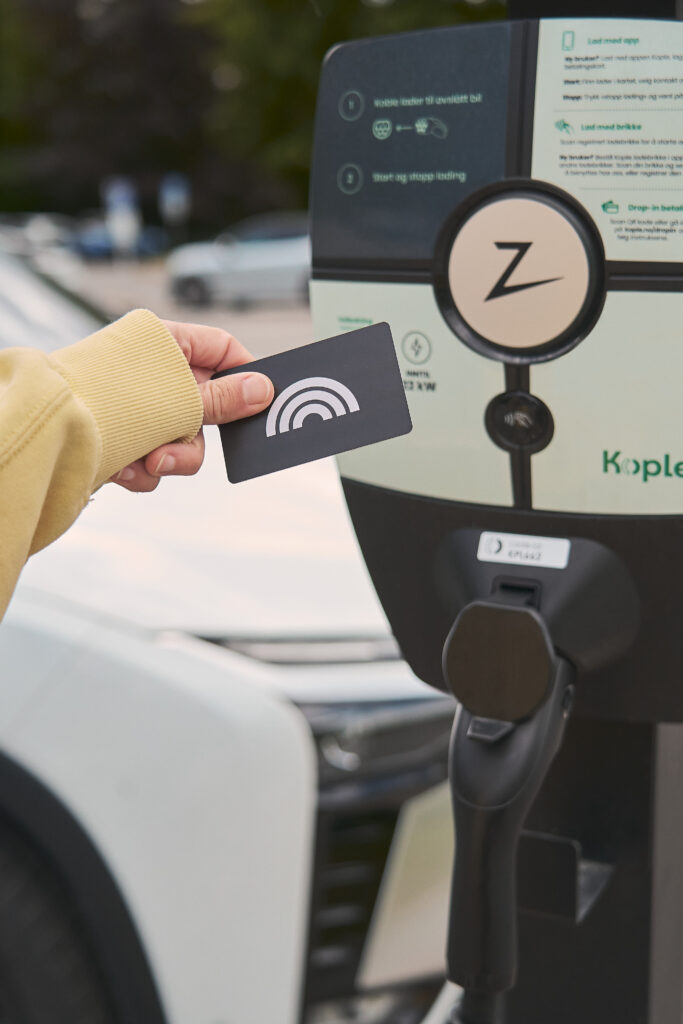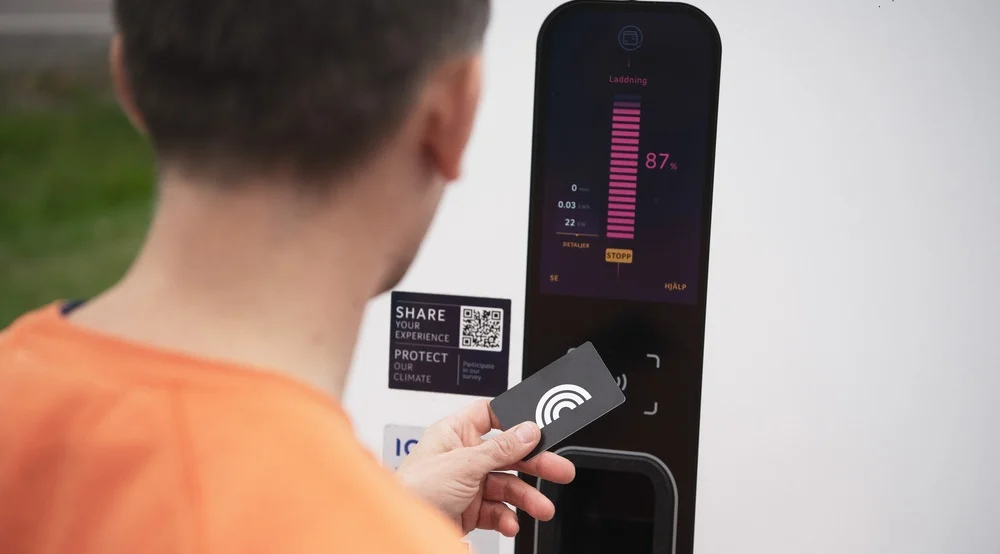Currently, Germany has nearly 100,000 public charging points, as reported by the Federal Network Agency. Of these, approximately 16,000 are fast equipments.
However, this expansion cannot keep up with the surge in new electric vehicle registrations.
One of the issues reported by charging point operators is delays due to bureaucracy, hindering expansion.
Regarding this, Plugsurfing states to Mobility Portal Europe that one of the main challenges they observe are grid connection procedures.
“Our partners can wait up to two years for a grid connection procedure to take place,” emphasizes the software company that provides access to over 500,000 charging points in Europe.

Therefore, the industry insists that conditions must improve for charging infrastructure to be installed nationwide and keep up with the growing EV fleet.
They also emphasize that the waiting times for systems to connect to the electrical grid can be up to eight months.
According to Bundesverband der Energie und Wasserwirtschaft (BDEW), 80% of the points in Germany are provided by energy sector companies.
Therefore, the energy industry plays a key role in ensuring the success of the transportation transition.
It is worth noting that the goal of the Federal Government is to install one million charging points by 2030.
However, the German Automotive Association (VDA) asserts that the pace of expansion in Germany is too slow.
Statistically, 23 electric or hybrid vehicles share one charging station in Germany.
At convenient locations, the equipments often fill up quickly, and not all charging stations operate smoothly.
Additionally, some are outdated and charge relatively slowly.
As a result, EV drivers often face the issue of stations being occupied when they need them.
Yet, one of the major concerns for national operators is the strain on the German electrical grid, which they have warned the Federal Government about.
Grid overload

In a context where the transition to eMobility is booming, charging point operators and manufacturers seek to meet the increasing demand for chargers.
However, with the growing number of vehicles using the public and private networks, the electrical grid is beginning to experience strain.
This is expressed by the President of the Federal Network Agency, Klaus Müller: “If many more heat pumps and new charging stations continue to be installed, and we do not take action, there is a possibility of overloading and local power outages in the distribution network.”
Local low-voltage grids are the most vulnerable to failures.
What are the possible solutions?
A home charging point supports power levels ranging from 3.7 to 22 kW.
In this regard, the Government is considering limiting the power of private chargers to 3.7 kWh, regardless of the maximum capacity of the equipment.
This would be a significant disadvantage for users seeking fast charging at home.
Conversely, operators are calling for a rapid expansion and modernization of local and regional electrical grids.

To prevent power outages caused by electric cars in the coming years, they are already preparing distribution networks for increasingly higher performance requirements.
The Minister of Transport of Germany, Volker Wissing, states that Germany needs a much stronger electrical grid and must increase its expansion ambitions.
He emphasizes the need to include forecasts of new electric vehicle registrations when expanding the electrical grid.
“The increase in demand is happening so rapidly that problems will inevitably arise if we do not expand the electrical grid based on a demand forecast,” says Wissing in an interview with BR24.








